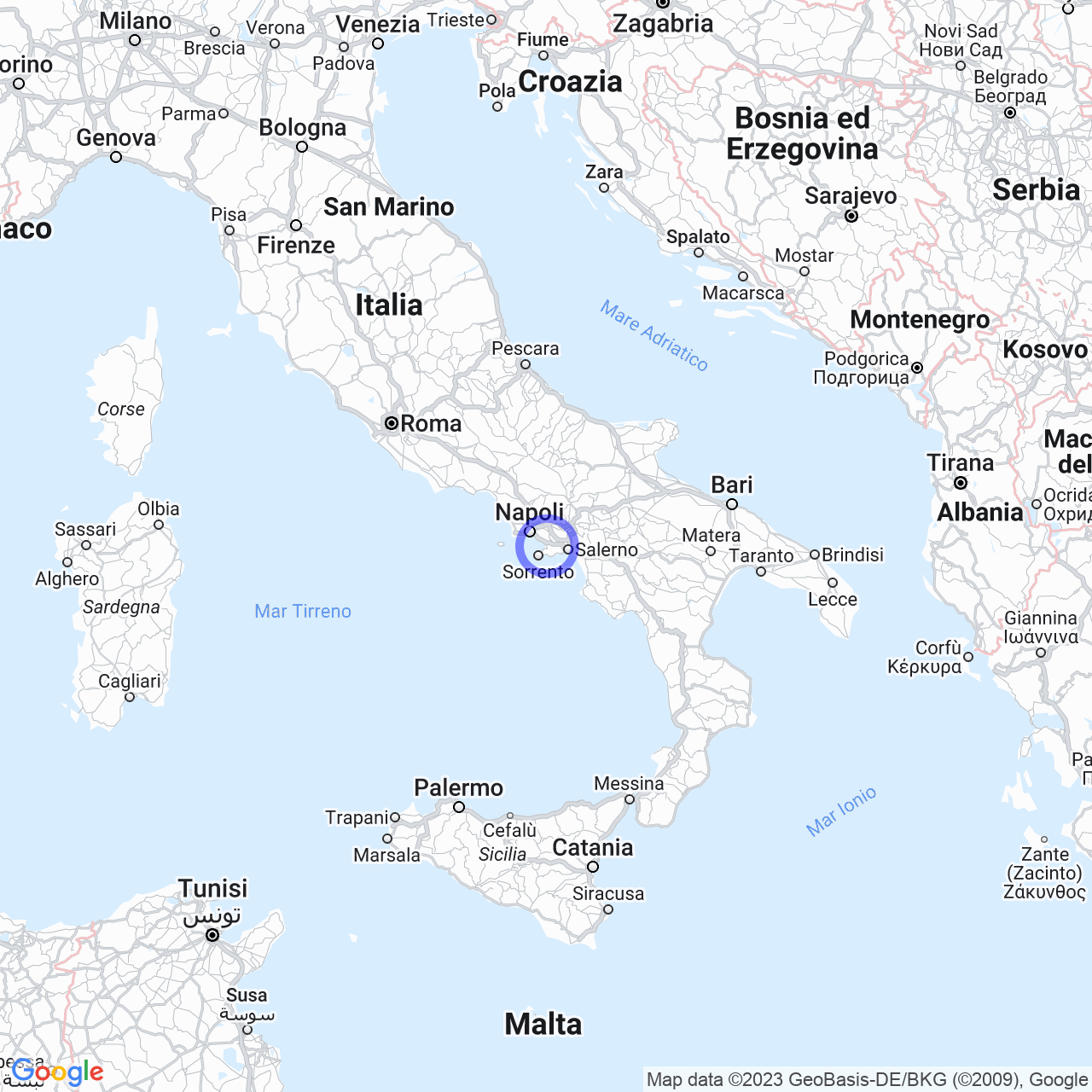Castellammare di Stabia
Welcome to Castellammare di Stabia: A City between the Sea and the Mountains
Hello everyone! Today, I want to talk to you about Castellammare di Stabia, an Italian town located in the beautiful region of Campania. Are you ready to enter the heart of the city and discover all the secrets that this land has to offer?

Physical geography
Territory
Castellammare di Stabia is a municipality of approximately 62,000 inhabitants, located in the southern part of the metropolitan city of Naples. The city is located on an alluvial-volcanic plain, protected to the south by the Lattari Mountains and bordered by the Gulf of Naples. The territory is crossed by the Sarno River, which flows into the sea of Castellammare di Stabia. The city borders other localities in the area, such as Torre Annunziata, Pompei, Vico Equense, and Gragnano.
The surface area of the municipality is approximately 17.71 km², with an average elevation of 5 meters above sea level. However, the city also includes Mount Faito, which reaches an altitude of 1202 meters. The area has a seismic classification defined as moderate.
Climate
Castellammare di Stabia enjoys a mild and temperate climate, typical of the marine and hilly areas of Campania. During the hottest months, the average temperature is around 26°C, while during the winter months, it averages around 16°C. The climate classification of the area is in the C zone.
Origins of the name
The origins of the name Castellammare di Stabia are shrouded in mystery, but one thing is for sure: the name is linked to the ancient castle built by the Duchy of Sorrento, which overlooks the Gulf of Naples from a height of about 100 meters. The castle was called "Castello sul mare" or "Castello a Mare," as it was built on a hill overlooking the sea. Although the name may suggest a coastal location, the hill on which the castle is located is actually too high relative to the coast. Other mistakes have been made throughout history, such as attributing the name Castellammare to the presence of a fortress located in the Pozzano location on the beach, or to the Portocarello tower. In reality, the name of the city referred to the castle on the hill overlooking the sea.
Tourist attractions
The Castle of Castellammare di Stabia
The Castle of Castellammare di Stabia is certainly one of the main attractions of the city. This imposing fortress, located on a height of 100 meters above sea level, was built by the Duchy of Sorrento in the 5th century on a pre-existing Roman watchtower. Over the centuries, the castle underwent several modifications and transformations, becoming a real fortress that was used for defensive and residential purposes.
The Archaeological Museum of Stabia
The Archaeological Museum of Stabia is another must-see destination for all history and archaeology enthusiasts. The museum houses a vast collection of archaeological artifacts from the ancient Roman city of Stabiae, buried by the eruption of Vesuvius in 79 AD. Among the works on display are frescoes, mosaics, statues, glass and ceramic objects, and much more.
The Lattari Mountains Regional Park
For all nature lovers and hikers, we recommend visiting the Lattari Mountains Regional Park. This natural park is located south of Castellammare di Stabia and covers approximately 4000 hectares. Inside, visitors can admire breathtaking views, century-old forests, waterfalls, streams, and much more.
The Stabian cuisine
Gastronomic specialties
The cuisine of Castellammare di Stabia is a perfect expression of its cultural and historical identity. Among the most famous gastronomic specialties are pasta with zucchini, pasta and beans, scialatelli with clams, zeppole di San Giuseppe, Neapolitan pastiera, and limoncello. All of these delicacies can be tasted in the restaurants and trattorias in the historic center of the city.
Conclusions
Castellammare di Stabia is a city that offers a great variety of tourist, cultural, and natural attractions, and it is definitely worth visiting. We hope that this brief tour of the city has given you some ideas to organize your trip to this splendid land. See you next time!
